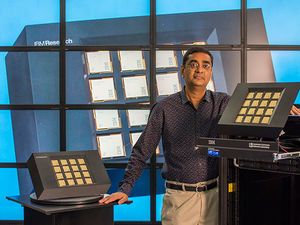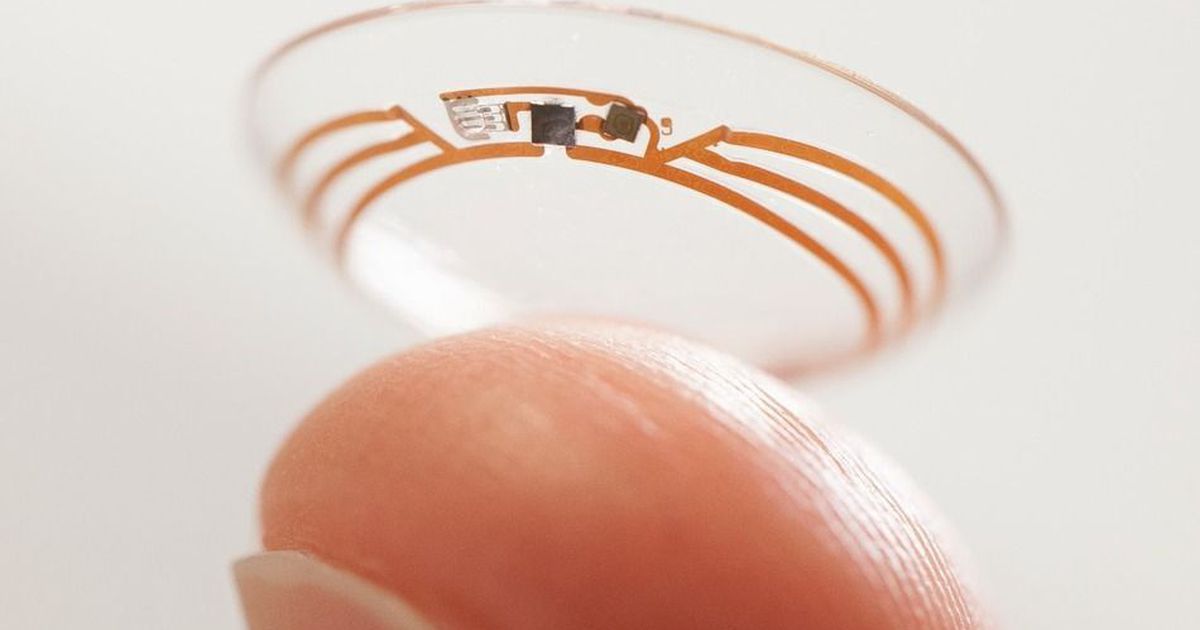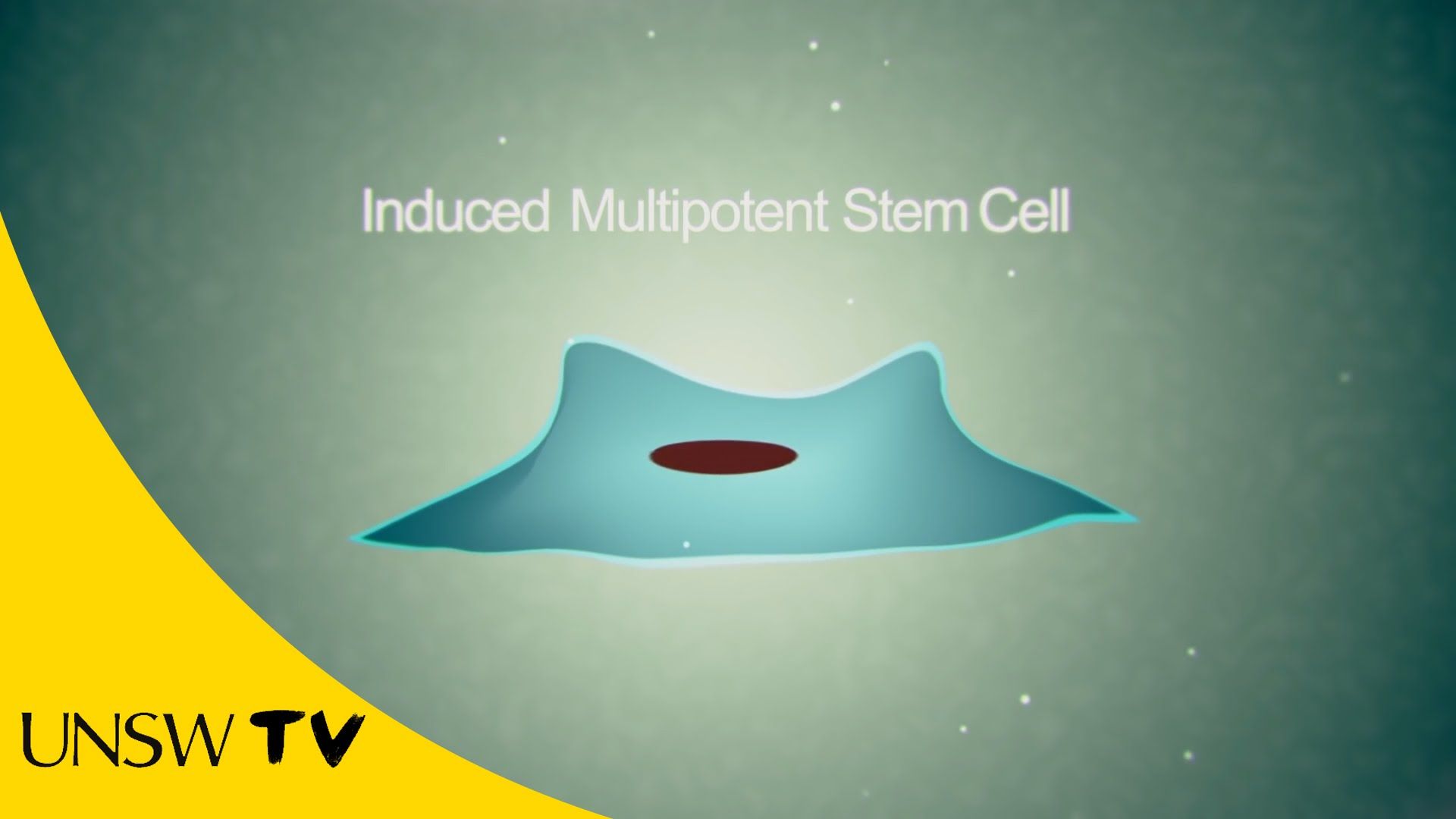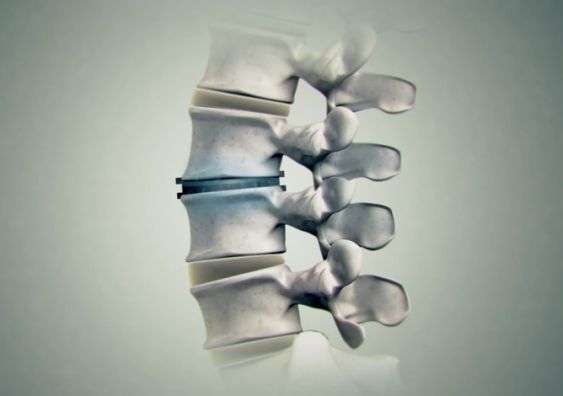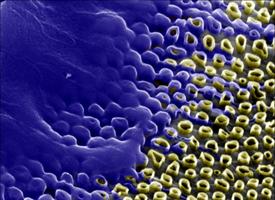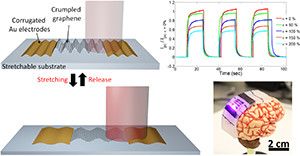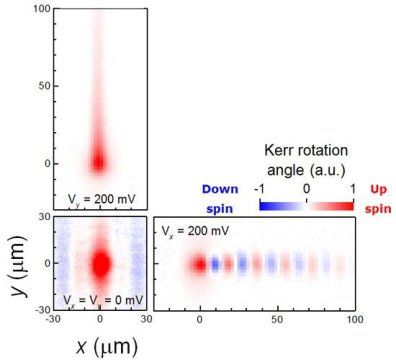
Almost all electronic devices operate by using an electron charge controlled by electrical means. In addition to a charge, an electron has a spin as a magnetic property. A groundbreaking concept for information processing based on electron spins is proposed using electron spins in semiconductors. Quantum computing enables us to exceed the speed of conventional computing and a spin transistor reduces energy consumption.
However, electron spins have yet to be used in realistic electronic devices except as part of magnetic devices for information storage. The reason is that spin polarization in a semiconductor is easily randomized, and consequently, it is difficult to transport spin polarization over a long distance.
An electron spin itself is a quantum spin angular momentum. Electrical transport and the manipulation of spin polarization are essential technologies if electron spins are to be employed in a device.
Read more

